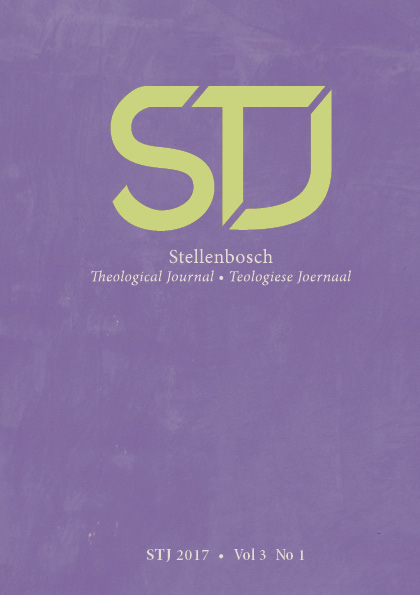Abstract
Within early Christianity Paul of Tarsus is a representative of the kerygmatic tradition in which Christ’s death and resurrection are viewed as the central event of salvation. In this sense he adopts the traditional interpretations of Jesus’ death. However, he also reverses traditional hermeneutics by suggesting a new reading of Christ’s death, called ‘theology of the cross’. This innovative interpretation considers the cross as the exclusive locus of God’s revelation, his judgment and salvation. This way of interpreting forms the structural backbone of Pauline theology.
This work is licensed under a Creative Commons Attribution 4.0 International License.
Copyright (c) 2017 Jean Zumstein

